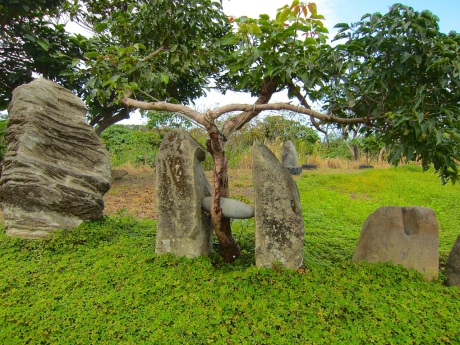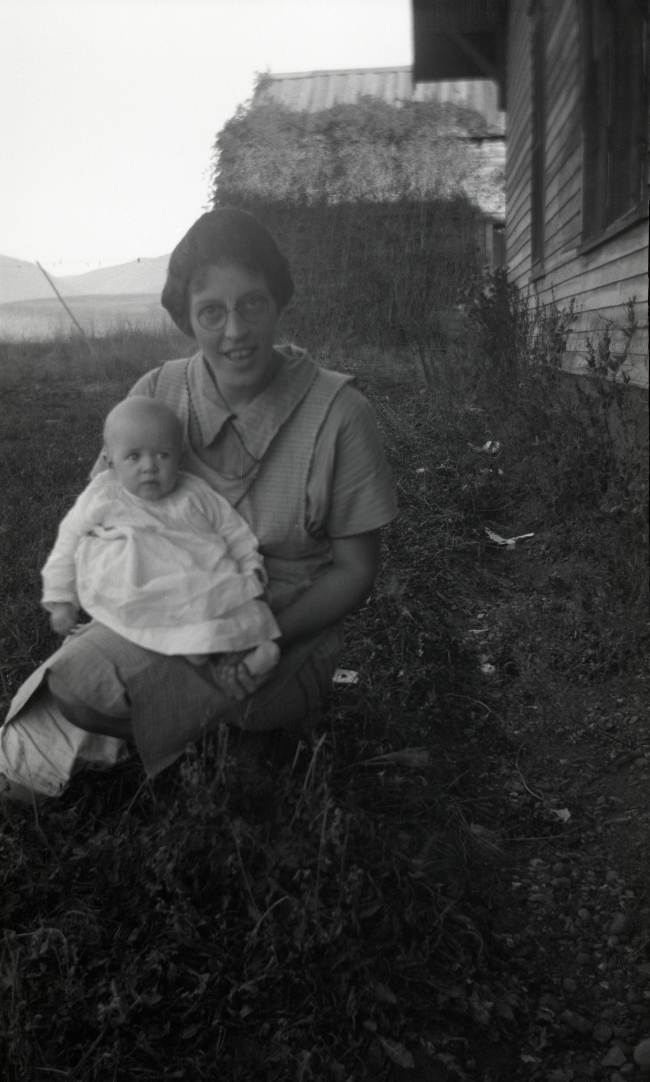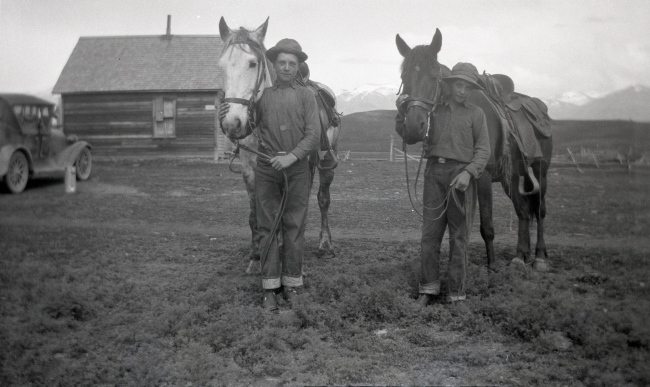Taiwan is a mongrel place, rich and savory and complex. A little family history: my father was born in 1936 in Dadu (大肚) Village just outside of Taichung on the west central side of the island. Dadu means Big Belly in Mandarin Chinese, a symbol of prosperity in Chinese culture. According to a Wickipedia entry, Dadu was also the ancient capital of the Kingdom of Middag, a tribal alliance between the aboriginal Taiwanese groups of Papora, Babuza, Pazeh, and Hoanya. The Han Chinese eventually drove these indigenous communities away from the flat coastal plain in the 1700s, planted rice and built buildings, and the huge cities of Taiwan’s west coast were born.
Dad tells me that his great grandfather on this father’s side immigrated by boat from Fujian Province in the middle 1860s, at the age of four. That side of the family has origins in the Northwestern part of what is now China: legend has it they were Turkic Silk Road traders who moved east, then south, and finally hopped across the Taiwan Strait. My grandmother’s side of the family has origins in central part of China near Xi’an, the famous site of many dynastic capitals and most notably of Emperor Qin’s terra cotta army and death complex. They immigrated to Taiwan in the 1880s.

Xi’an, China in 2006: Dancers play the role of haughty Qin Dynasty courtly beauties at the foot of the huge death mound of Emperor Qin. My grandmother’s family come from this area of China.

Inner Mongolia, 2006. My grandfather’s Turkic or Uighur ancestors likely crossed vast stretches of the Xinjiang Desert on camels or tough little ponies like these during Silk Route trading trips.


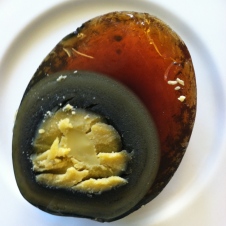

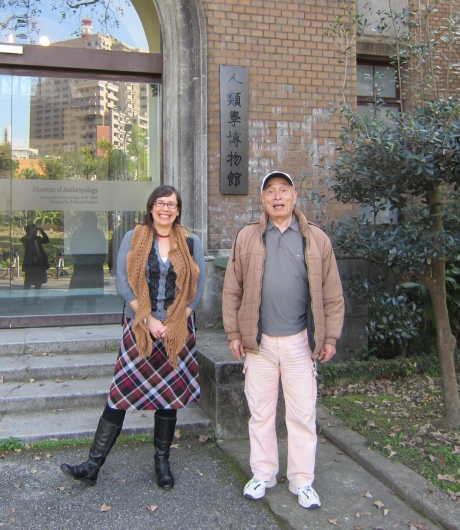 Above: me and Dad at National Taiwan University Indigenous Museum.
Above: me and Dad at National Taiwan University Indigenous Museum. Further to the Southeast, in between the green mountains and blue Pacific Ocean, tribal farmers continue to cultivate crops in fields marked with Neolithic stone markers (below).
Further to the Southeast, in between the green mountains and blue Pacific Ocean, tribal farmers continue to cultivate crops in fields marked with Neolithic stone markers (below).